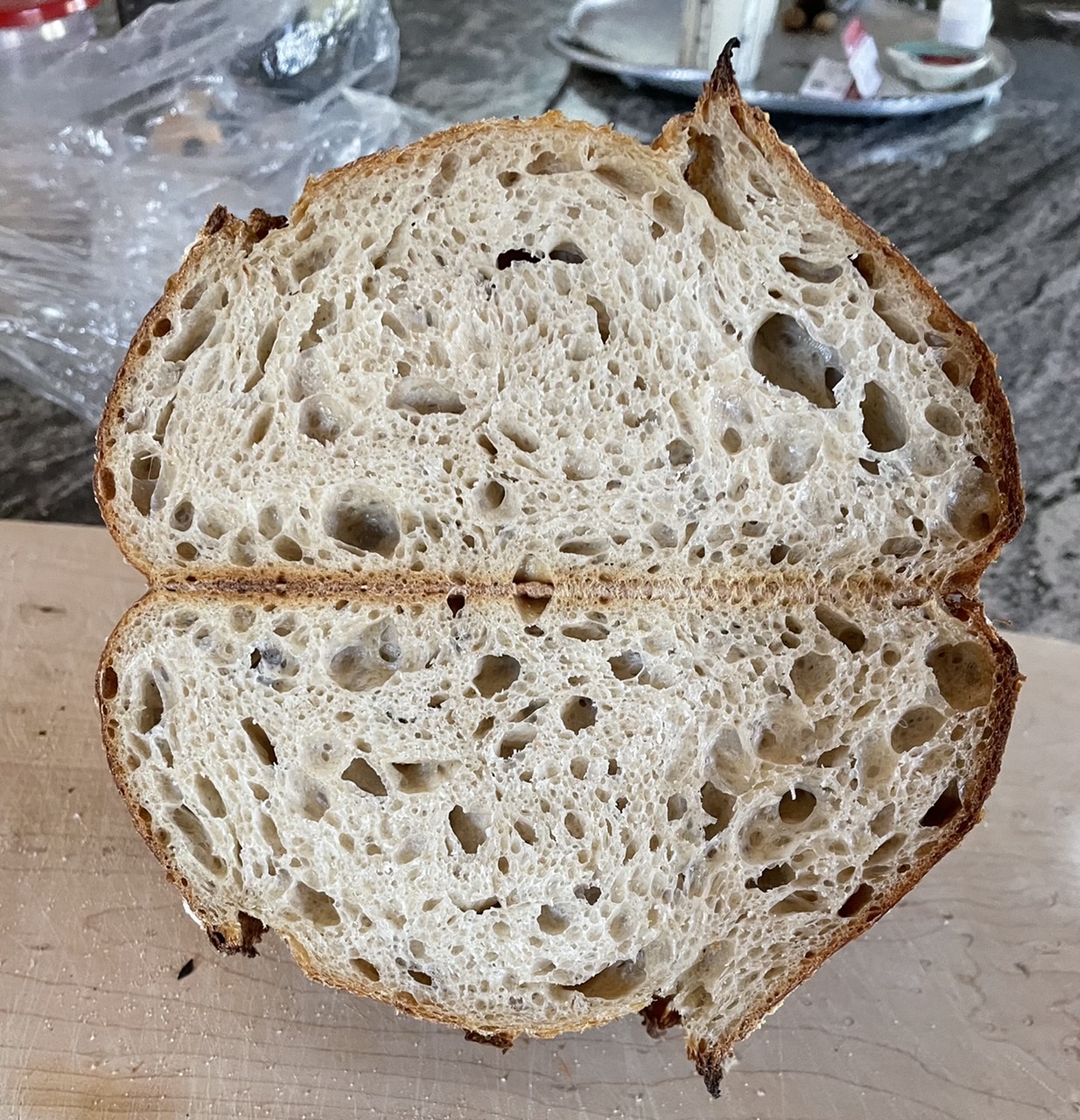This recipe was brought to my attention in a recent post here with a link to the King Arthur blog post.
https://www.kingarthurbaking.com/blog/2020/04/06/dont-be-a-bread-hostage
I was curious because the recipe makes a similar version of my weekly bread and requires little to no prior planning and the schedule frees up the shorter daylight hours for other things like fishing or the neglected chores around the house. I was skeptical at first that it would produce only a passable bread but would be lacking something that a more hands on approach would provide. I was wrong about that.
I am one of those bakers that believe a starter has to be well maintained and developed to make an open crumb country bread similar to the Tartine style. I used the warm days of this past summer getting my starter and bread to be like the version that Chad Robertson writes about in his latest Bread book and what he refers to as a boosted leaven required for his signature country bread. It requires a bit more time and effort but it did work better and it made some pretty good loaves.
This so called “don’t be a hostage bread” might need a more catchy name but it has worked very well without fail in my few recent attempts at it. So well in fact that it may become my new go to method for my weekly bake.
The recipe is fairly simple:
1000 grams total flour The recipe specifies KAAP for the white flour and 10 to 20% whole grain ( I have reduced it to 900 gr because the loaves wouldn’t fit in my bread bags)
80% hydration (which seems to work well for me)
2% salt
40 grams starter recently fed but can be used straight from the fridge. (I have used a fresh fed and a few days old and both worked well.)
I mix the starter in the water first and then the flour and salt.The recipe calls for 4 compass folds 15 minutes apart. I used 3 coil folds 20 minutes apart.
Bulk ferment for 12 hours at 72 degrees or until it doubles. I would normally ferment to 50% but without the intermittent folds during the bulk it will easily double. After which it is divided and shaped for another 12 hours in the fridge.
Starting in the evening works best for me rather than putting it together first thing in the morning.
There is something about the long slow fermentation that produces a silky beautiful dough to work with like no other I have had before and brings out the flavors as well.
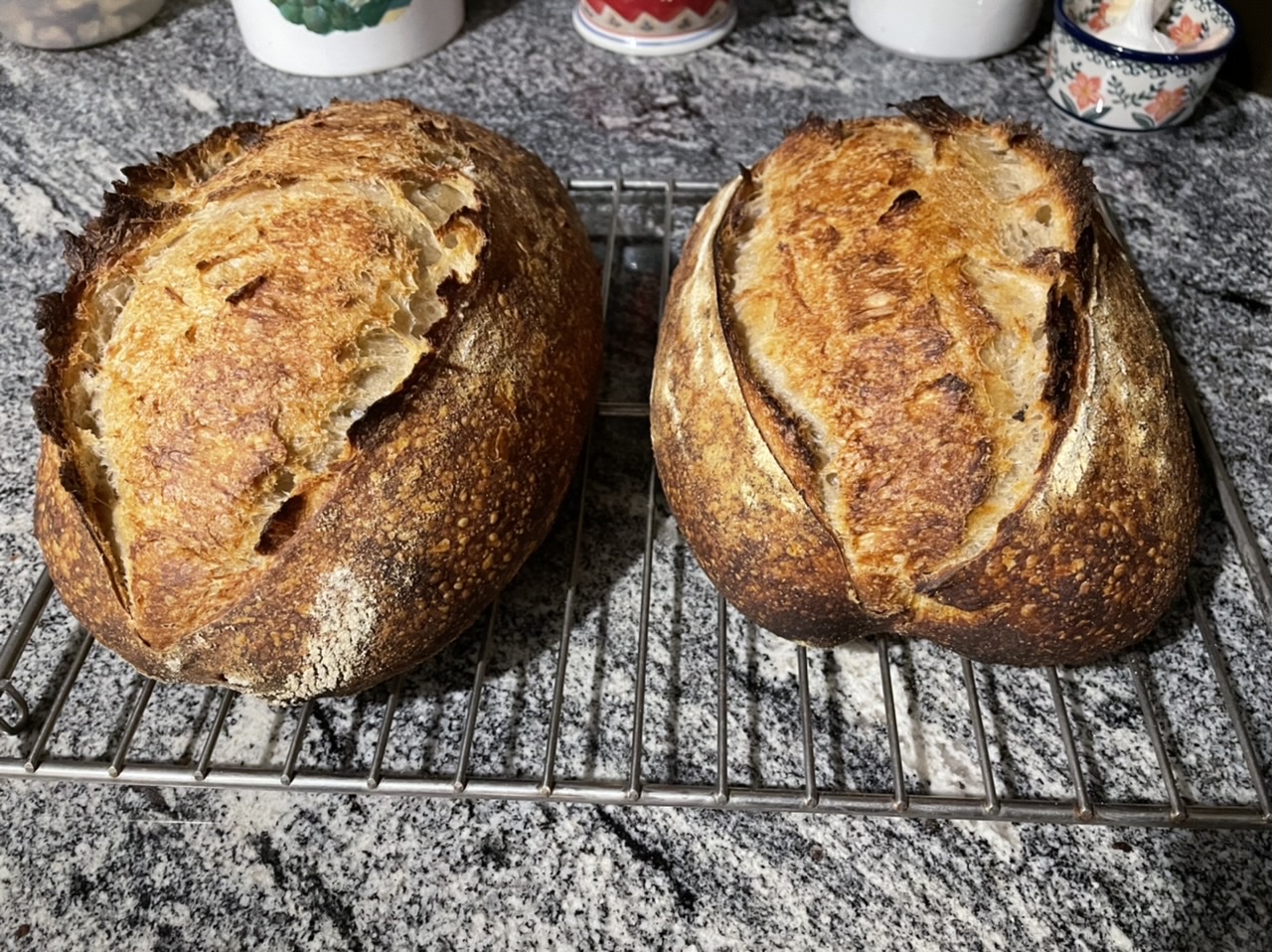
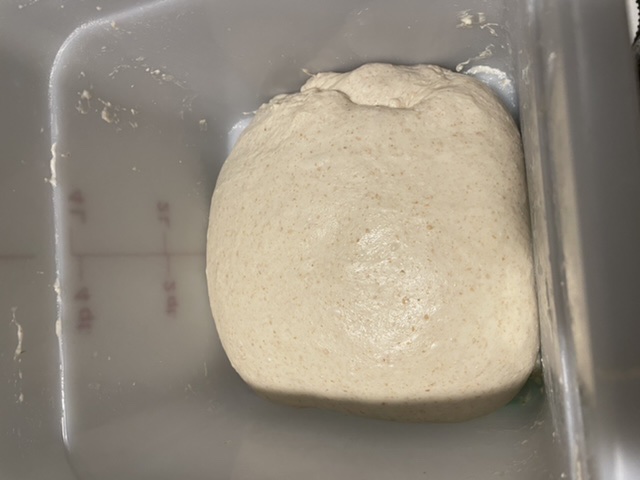

This is after the final fold and 11 hours later at the end of bulk fermentation.
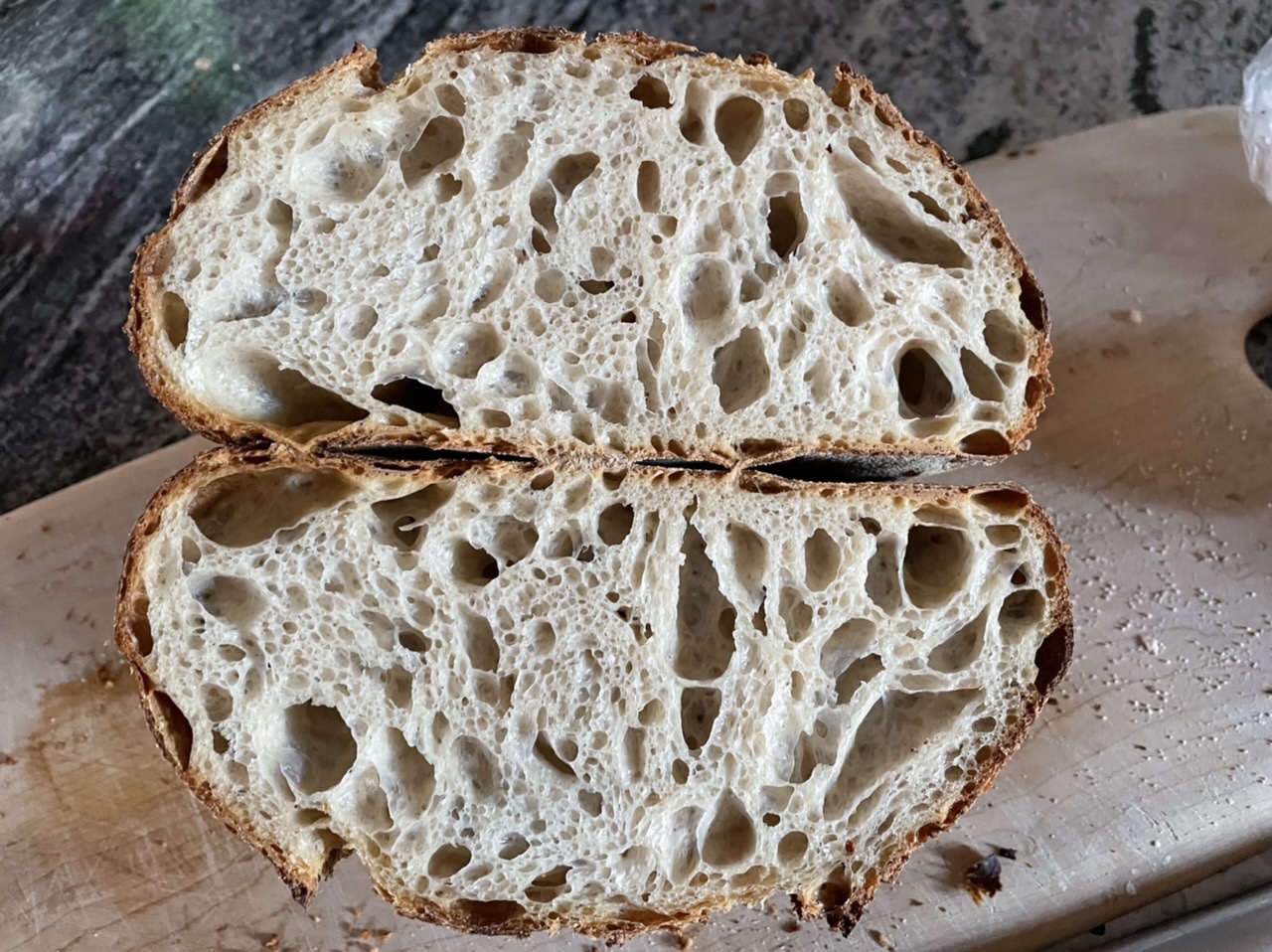
This loaf is 15% home milled spelt and the crumb is as good or better than the old way of doing it.
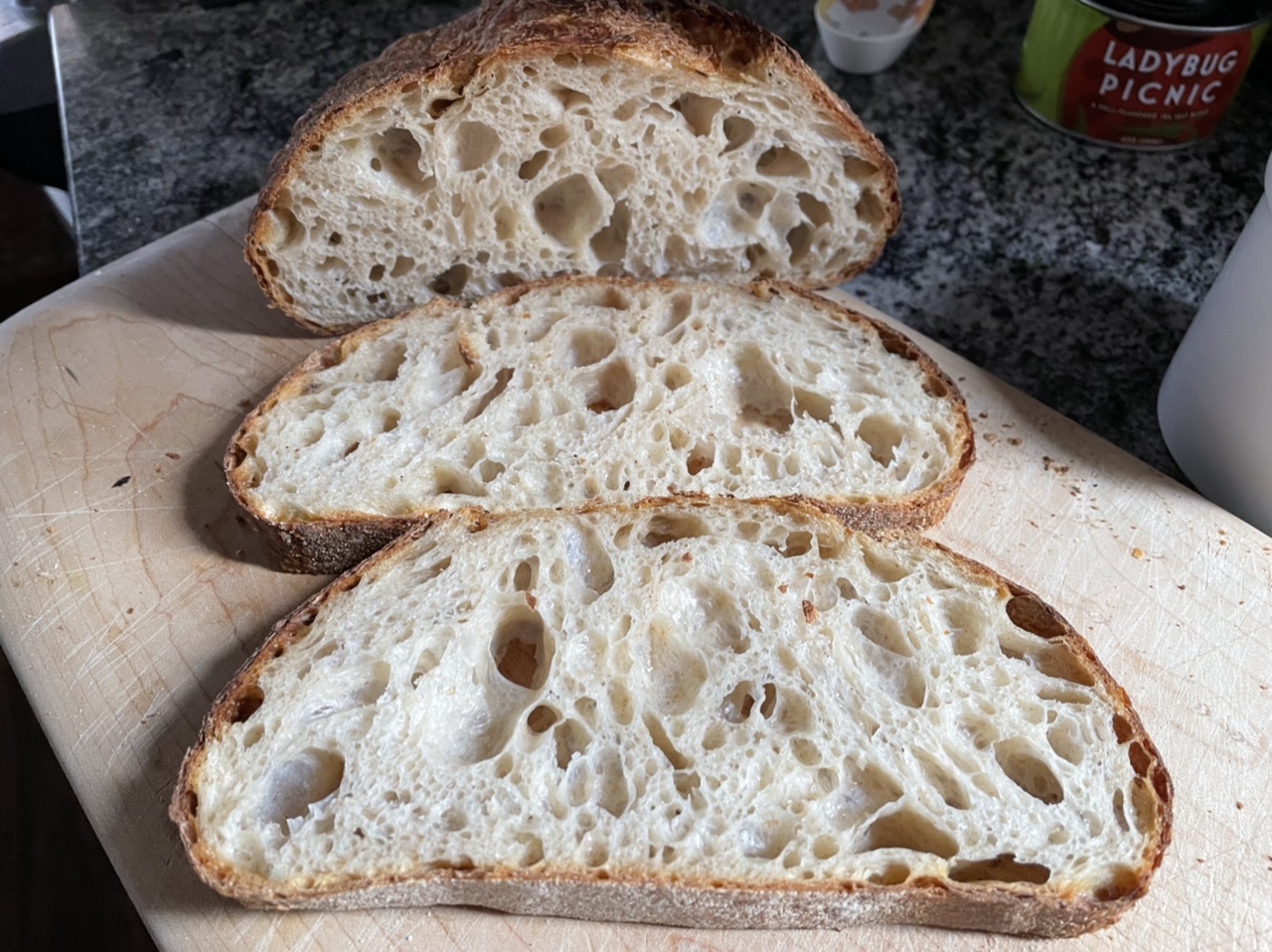
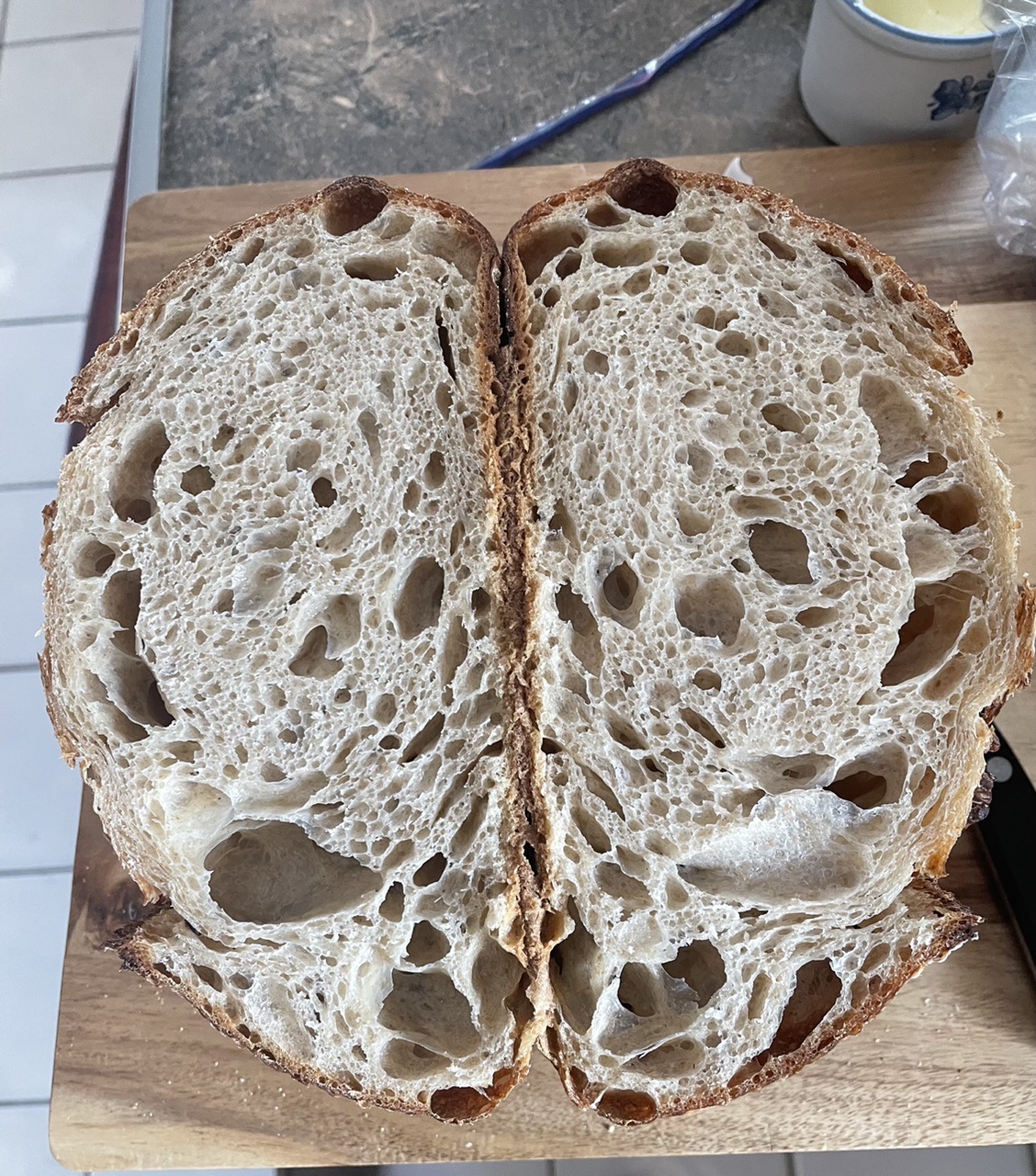
This is last weeks with 10% WW 5% spelt 5% rye
I would encourage others to try this method and come up with a better name but be aware of the “Stockholm Syndrome” because it has definitely changed my beliefs!
Don
edit:
The other loaf from the Campagne dough which was shaped with a different method resulting in a more even crumb. 